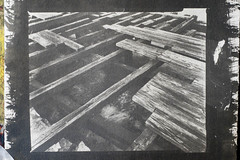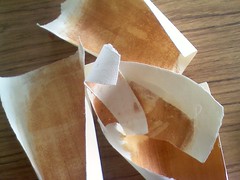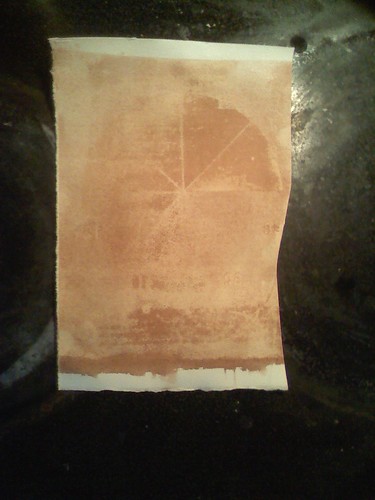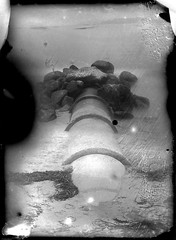The video I linked to is from my first attempt which produced 1 drop of nitric acid. The coils in my condenser didn't allow the acid to reach the collection bottle. The second attempt produced about 50ml's of fuming nitric acid.
I will admit I am a very novice chemist, so my grasp of stoichiometry is weak and I just followed the proportions given in the video. Thankfully the internet helped. I used a chemical equation balancer to get
NH4NO3 + H2SO4 = HNO3 + NH4HSO4That reads that I need 1 mole of ammonium nitrate (80 grams) and 1 mole of sulfuric acid (53 ml) will react to produce 1 mole of nitric acid (42 ml) and a mole of ammonium bisulfate (which I don't care about)
Thanks WolfrmAlpha!
So what I learned:
- stoichiometry means less waste! Turns out I used twice the amount of sulfuric acid than I needed.
- I know how much acid to expect so I have a better idea when the reaction is completed.








